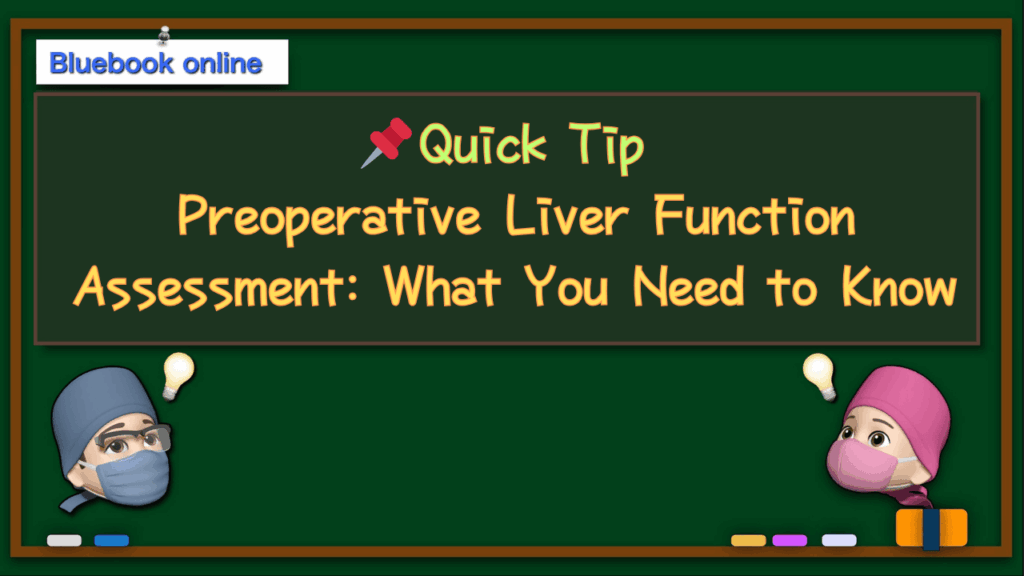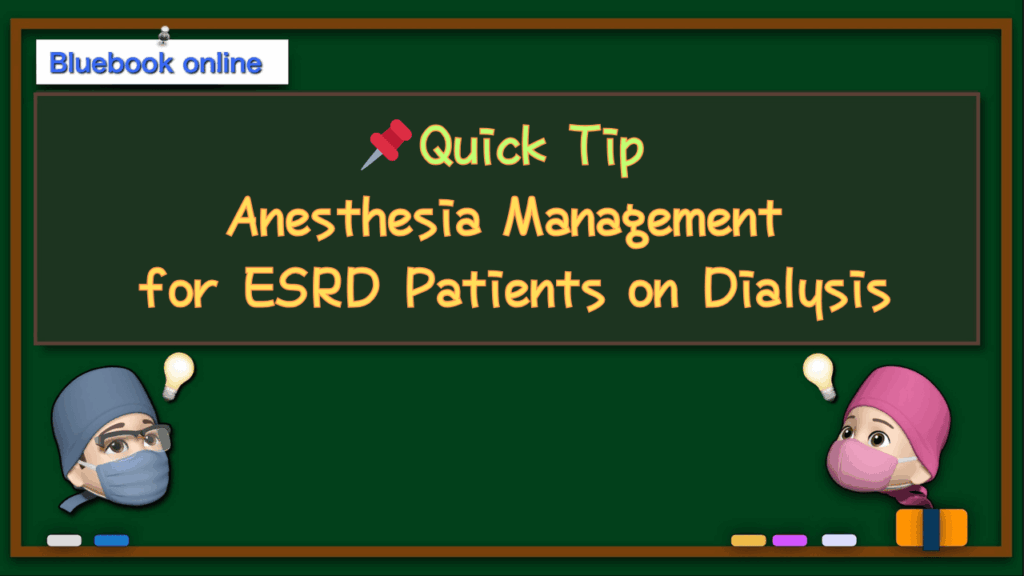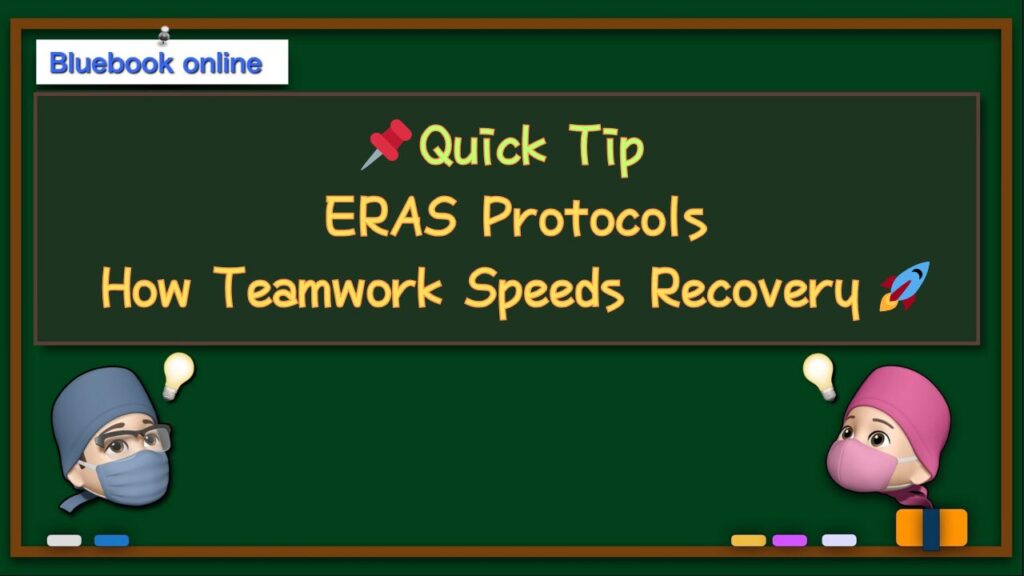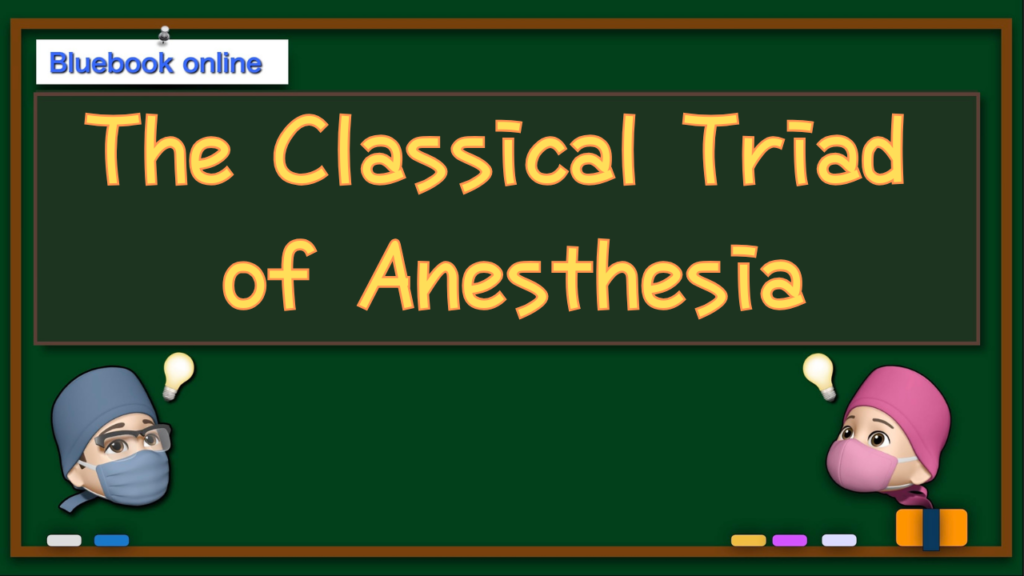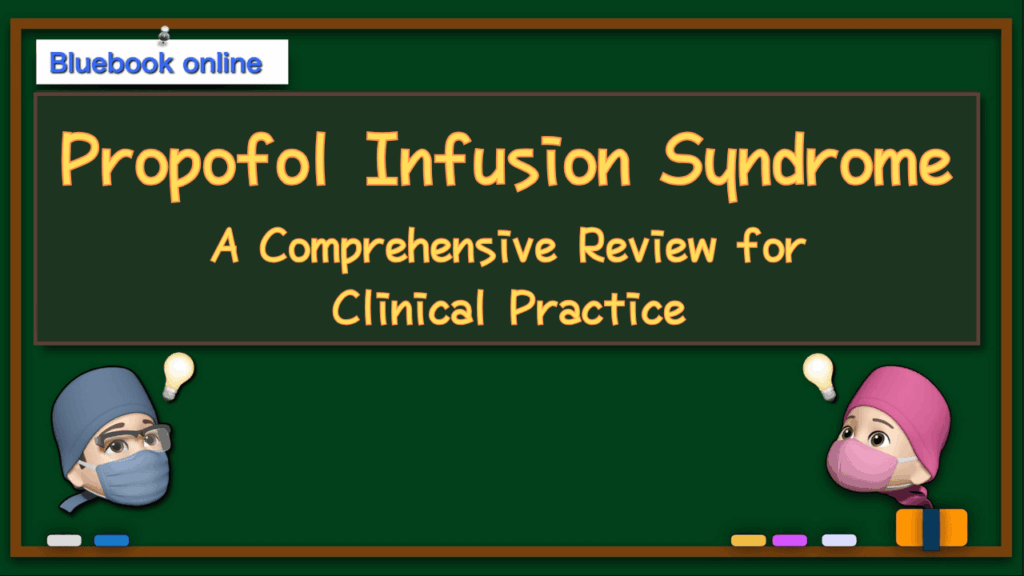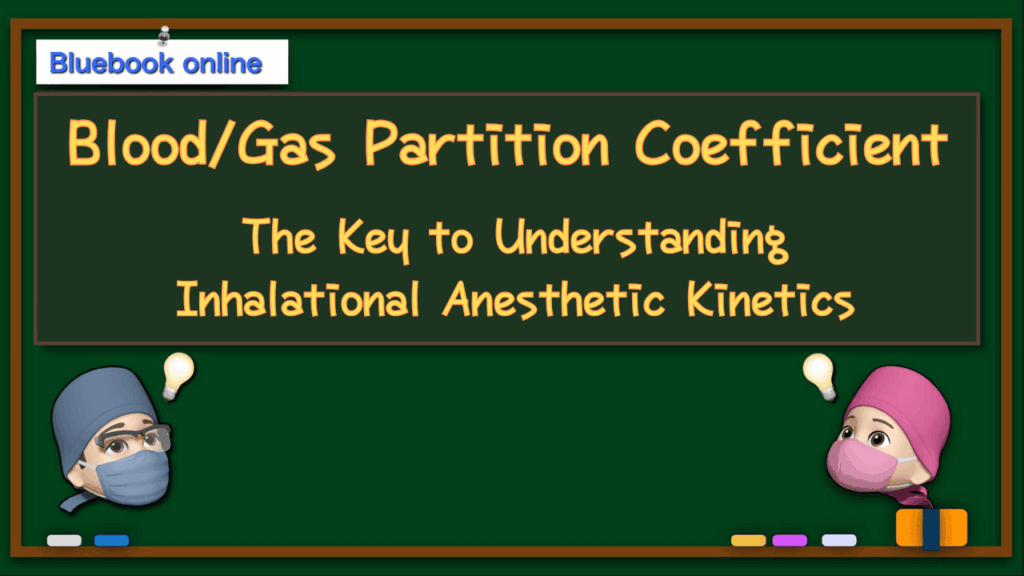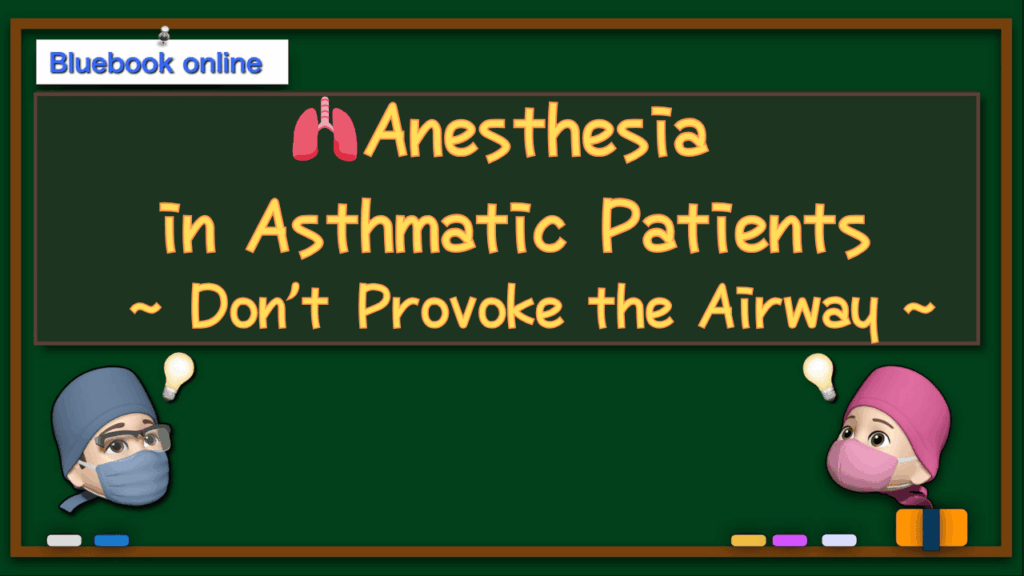perioperative– category –
-

📌 Quick Tip:Preoperative Liver Function Assessment: What You Need to Know
Quick guide to preoperative liver assessment 💡 Learn which tests and scores truly predict surgical risk in cirrhotic patients — read before the OR! -

📌 Quick Tip: Anesthesia Management for ESRD Patients on Dialysis
Perioperative dialysis timing, potassium checks, and careful fluid control are key for ESRD anesthesia. -

📌 Quick Tip: Managing COPD Before Surgery — What You Shouldn’t Miss
Learn key preoperative steps for COPD: confirm stability, continue inhalers, and optimize nutrition. Essential for safer anesthesia and faster recovery. -

📌 Quick Tip: ERAS Protocols — How Teamwork Speeds Recovery 🚀
Learn how Enhanced Recovery After Surgery (ERAS) protocols shorten hospital stays and improve outcomes through evidence-based perioperative teamwork. -

📌Quick Tip: Understanding the Classical Triad of Anesthesia-Your Three Pillars of Safe Practice
♦️ Introduction You're about to start anesthesia for a big abdominal case.Pause for a second — have you covered all three pillars? The classical triad of anesthesia is the foundation of every safe and well-balanced anesthetic plan. Let’s review the basics you’ll use every single day in the OR. 💡... -

💊 Propofol Infusion Syndrome (PRIS): A Comprehensive Review for Clinical Practice
PRIS made practical: CRASH criteria, early red flags, dosing pitfalls, stop→switch→support management, and prevention—built for boards and the bedside. -

Blood/Gas Partition Coefficient: The Key to Understanding Inhalational Anesthetic Kinetics
Have you ever wondered why desflurane and sevoflurane act faster than isoflurane? This friendly, easy-to-read guide explains the blood/gas partition coefficient—a simple concept that reveals how inhaled anesthetics move through the body, why low solubility means quick wake-ups, and how cardiac output and environmental impact shape modern anesthesia practice. Perfect for anesthesia trainees and perioperative nurses. -

🫁 Anesthesia in Asthmatic Patients: The Key Is “Don’t Provoke the Airway”
“Anesthesia for asthmatic patients is all about not provoking the airway. This article walks you through preoperative optimization, anesthetic choices, airway strategies, and intraoperative bronchospasm management in an easy, clinical way.” -

🩸 How far can D-dimer “see” thrombosis?
A clear, practical overview of how to interpret D-dimer results in perioperative care. Explains the basic meaning of D-dimer, its cutoffs, age adjustment, and unit differences, and why postoperative day 3 (POD3) trends matter more than single values. Also outlines the modern 3-step diagnostic pathway — clinical probability → D-dimer → ultrasound — and how probability-adjusted cutoffs (1000 / 500 ng/mL) safely reduce unnecessary scans. Perfect for junior doctors, nurses, and perioperative team training or anesthesiology board preparation.
